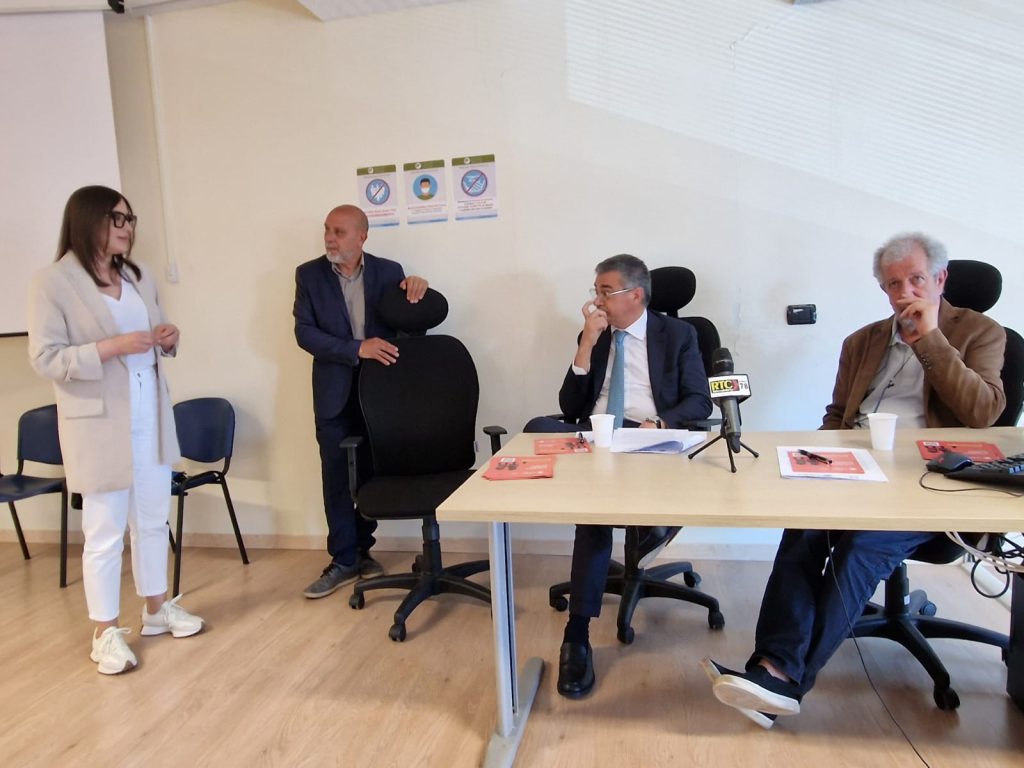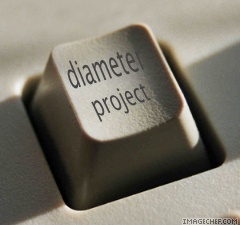DOCTOR LIVINGSTONE, I PRESUME
“Doctor Livingston, I presume” is a phrase that has somehow remained in history. Lovers of great travel and travelers know it very well, but it has become part of the lexicon of many others, even those who consider travel from home to sea as the maximum possible travel.
The sentence was pronounced on November 10, 1871, by the well-known journalist and explorer Henry Morton Stanley – Welshman by birth and American by adoption – in Ujiji, an ancient city in Tanzania located on the shores of Lake Tanganyika. In front of him was David Livingstone, physician, missionary and explorer of Scottish origins. Two intricate stories, one in front of the other.
Henry Morton Stanley was born as John Rowlands, in Denbigh in Northeastern Wales, in 1841. An illegitimate son, he never knew from his mother – who entrusted him to an orphanage – who his father was. When he was 17 years old, he embarked for New Orleans to begin his second life as an American citizen, at first becoming an archivist and freelance journalist later.
It was only in 1869 that it was decided to send someone in search of him, and the choice fell precisely on Henry Morton Stanley, who in turn faced the journey in the black continent on the trail of Livingstone, managing to track him down after two years. It was, precisely, November 10, 1871; and as if they were two friends they did not see each other, they greeted each other as if they had met by chance at a dinner. In fact, they were probably the only two non-African men within hundreds of kilometers. Livingston died two years later, in 1873, from malaria.
This photo was taken in Livingstone, a city that took its name from the great European explorer, in present-day Zambia (formerly northern Rhodesia).
The city, just beyond the border with Zimbabwe, is about ten kilometers from Victoria Falls and between 1911 and 1935 it was also the capital of the then English colony, before the headquarters were moved to Lusaka.
In Livingstone, today, it is possible to visit a small museum linked to the adventurous life of this great traveler, who in Africa chose to live and die. An interesting place for a great traveler, an obligatory stop after admiring, entranced, the splendor of nature represented by the Victoria Falls.

DOCTOR LIVINGSTONE, I PRESUME
“Dottor Livingston, I presume” è una frase in qualche modo rimasta nella storia. La conoscono molto bene gli appassionati di grandi viaggi e viaggiatori, ma è entrata a far parte del lessico di molti altri, anche di quelli che considerano il viaggio da casa a mare come il massimo degli spostamenti possibili.
La frase la pronunciò, il 10 novembre 1871, il noto giornalista ed esploratore Henry Morton Stanley – gallese di nascita e americano di adozione – a Ujiji, antica città della Tanzania posta sulle rive del lago Tanganica. Difronte a lui c’era, appunto, David Livingstone, medico, missionario ed esploratore di origini scozzesi. Due storie intricate, una difronte all’altra.
Henry Morton Stanley nacque come John Rowlands, a Denbigh nel Galles nord-orientale, nel 1841. Figlio illegittimo, non seppe mai da sua madre – che lo affidò ad un orfanotrofio – chi fosse suo padre. A 17 anni si imbarcò con destinazione New Orleans, per cominciare la sua seconda vita come cittadino americano, fino a diventare archivista prima e giornalista freelance poi.
Fu solo nel 1869 che si decise di inviare qualcuno alla sua ricerca, e la scelta cadde proprio su Henry Morton Stanley, che affrontò a sua volta il viaggio nel continente nero sulle tracce di Livingstone, riuscendo dopo due anni a rintracciarlo. Era, appunto, il 10 Novembre 1871; e come se fossero due amici non si vedevano da poco, si salutarono come se si fossero incontrati per caso ad una cena. In realtà, erano probabilmente gli unici due uomini non africani nel raggio di centinaia di chilometri. Livingston morirà due anni dopo, nel 1873, di malaria.
Questa foto è stata scattata a Livingstone, città che ha preso il nome proprio dal grande esploratore europeo, nell’attuale Zambia (ex Rhodesia settentrionale). La città, poco al di là del confine con lo Zimbabwe, dista una decina di chilometri dalle cascate Victoria e tra il 1911 e il 1935 fu anche capitale dell’allora colonia inglese, prima che la sede fosse spostata a Lusaka.
A Livingstone, oggi, è possibile visitare un piccolo museo legato alla vita avventurosa di questo grande viaggiatore, che in Africa scelse di vivere e di morire. Un posto interessante per un grande viaggiatore, una tappa obbligata dopo aver ammirato, estasiato, quello splendore della natura rappresentato dalle cascate Victoria.







Devi effettuare l'accesso per postare un commento.